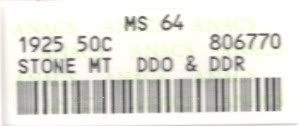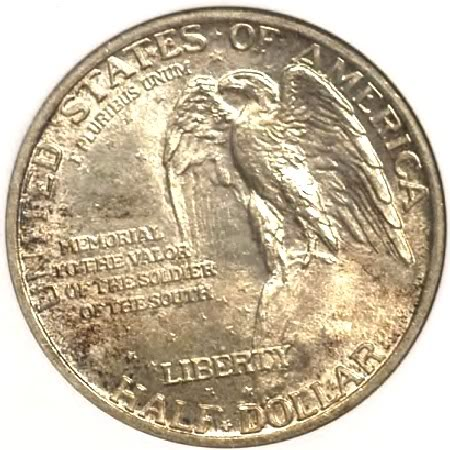Doubled Die on both obverse and reverse...common? Added closeup date pics.
 in2Coins
Posts: 365 ✭✭✭✭✭
in2Coins
Posts: 365 ✭✭✭✭✭
I have a half Walking Liberty with doubled die on both obverse and reverse. Is it rare or common? This coin seems to have multiple things going on.....
3
Comments
It happens with some frequency. Here is the famous 1934 1-O-I/DDO-001 paired with the much lesser known
1-R-VI/DDR-001. Only around 10% of all the Die #1 1934 DDOs are paired with this reverse and most, if not all are early die state coins. This reverse is not as recognizable as the obverse since it's a Class VI D Die tho it is just as strong
Very nice and the bonus is it doesn't even need a dip. Congrats!
The whole worlds off its rocker, buy Gold™.
BOOMIN!™
Wooooha! Did someone just say it's officially "TACO™" Tuesday????
By the way-the obverse of many 1943 half dollars are doubled working hub varieties and tho they are indeed doubled dies they are found on many of the issue from all three Mints (the following from the CONECA website.) There are no known doubled die reverses for this date.
Designation:
WH-2-O-III (P, D, S); FS-50-1943-101
Description:
Strong spread on IN GOD WE TRUST, lower gown, 3 center rays of sun, curl in flag, and date with apparent 3/3
Strength of doubling will vary depending upon hub and die state
Interesting info, koynekwest !
Thanks for the info, koynekwest!!
Yer welcome, guys!
Not a Walker, but a couple of riders...



Interesting... I did not realize the combination of DDO/DDR was so frequent....Rare enough to find just one DD....Cheers, RickO
@in2Coins Congrats on the find. Perhaps send pics of your coin to CONECA and see if they will add it to their database.
Thanks for the advise! I might just do that...
My YouTube Channel
Thanks!! Learning a lot from this board’s experts! Thanks to all...
I like the looks of that 1934 ddo Washington quarter
Yep-that's one of the "Big Ones." The early Washington 25c is a gold mine of super doubled dies-1936, 1937, 1942 P and D, and 1943-P and S. There's other good ones from 1964, both P and D and several of the copper-nickel coins, 1965, 1966, 1968-D and S, 1969-S, 1970-D, 1971 P and D, and 1976-D. I used to have 'em all but sold them a few years back.
Hold tight......This will be warp speed!!! Over date?
The obverse is simply a result of the working hub being doubled when it was hubbed from the master die.
Coins with this doubling can be found from all three mints.
There are even some that show quadrupling with the working die being hubbed from the doubled working hub twice and being off creating 4 images.
The reverse shown is simply the result of strike doubling, notice the shelf like secondary image that has metal flow between the primary and secondary images.
There are some doubled obverse/reverse dies, these are more likely found in years that had high demand and lower quality control, such as the 1946 Roosevelt dimes and 1964 Kennedy half dollars.
Kevin
The obverse is simply a result of the working hub being doubled when it was hubbed from the master die.
Coins with this doubling can be found from all three mints.
There are even some that show quadrupling with the working die being hubbed from the doubled working hub twice and being off creating 4 images.
The reverse shown is simply the result of strike doubling, notice the shelf like secondary image that has metal flow between the primary and secondary images.
There are some doubled obverse/reverse dies, these are more likely found in years that had high demand and lower quality control, such as the 1946 Roosevelt dimes and 1964 Kennedy half dollars.
Kevin
Its not an overdate, Breen called it an overdate in his encyclopedia, and I believe CP might have at one time called it an overdate, but then corrected.
Wexler and I call it simply a doubled die. See the curvature of the upper secondary metal, follows the contour of a 3, not a 2
Kevin